In the speech for the honorary doctorate that Grace Ford (1896-1981) was granted alongside her husband Professor Percy (Peter) Ford by the University of Southampton in 1974 the University orator spoke of how “like the pharaohs of old, Professor Emeritus Percy alias Peter Ford and Grace, his partner in all things, have decreed their own immortality – their pyramid the Ford Collection of Parliamentary Papers, their obelisk a Guide and dictionaries to unlock it.” [MS1/3/451/659/81]

Percy Ford was the son of a radical dissenter from Hove, Grace Ford the daughter of a draper’s assistant, John Thomas Lister who later became a manager of Nottingham Co-operative stores. Grace Lister left home in her teens to move to the East End of London after being invited to work in Sylvia Pankhurst’s experimental nursery schools. The East End of London was the base for a number of activities and organisations associated with Sylvia Pankhurst including the London branch of the Women’s Social and Political Union (WSPU), the East London Federation of Suffragettes and the Toy Factory and attached nursery where the women employed in the Factory could leave their children there for 3d a day.
As well as her other work in the East End, Grace Ford’s energy spilled over into working alongside Mary Macarthur and Margaret Bondfield in the National Federation of Women Workers (NFWW). The Scottish suffragist and trade unionist Mary Macarthur (1880-1921) was involved in the formation of the National Federation of Women Workers in 1906. This was “open to all women in unorganised trades or who were not admitted to their appropriate trade union”. Margaret Grace Bondfield (1873-1953), a trade unionist and politician who became the first British female cabinet minister and a privy councillor, met Mary Macarthur in 1902. The two women were comrades-in-arms for a range of women’s causes over the next two decades. Through her work with the NFWW, Grace Ford was instrumental in bringing out the the Cambridge bedmakers on strike in 1916.
Grace Lister went on to study at Ruskin College, Oxford, and it was here that she met her future husband Percy Ford who had been employed as a lecturer. They married in 1921 and the following year moved to Amherst College, Massachusetts, where Percy Ford had been invited to participate in experimental teaching in social sciences and in American worker’s education classes run by the College. Grace was involved in helping with women workers’ classes and with some lecturing. Or, as it noted in the citation for their honorary degrees, “from a Massachusetts base in 1922-3, they spread the know-how of workers’ education – `the most surprising son and daughter (it was written) from John Bull’s domain that have greeted Chicago audiences since the departure of Mrs. Havelock Ellis’.” [MS1/3/451/659/81]
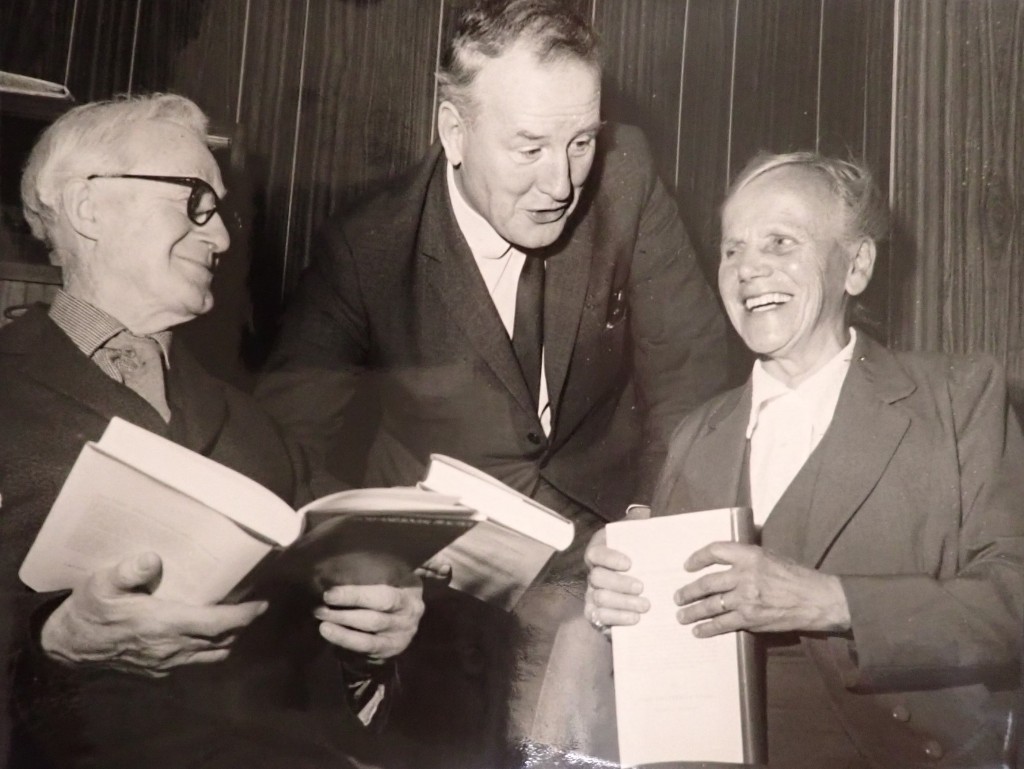
Back in the UK Percy Ford joined University College Southampton in 1926 and began building up the Parliamentary Papers collection that would ultimately bear his and Grace’s name. For while Percy Ford held the academic post at the University, first as head of and then Professor of Economics, it was the Fords together who worked to set standards for scholarship in the classification and analysis of government publications through their series of Select lists and Breviates. In his speech at the official opening of the Ford Collection, the Rt Hon Lord Maybray-King, former Speaker of House of Commons, paid tribute to the “two great servants of Parliament – Peter and Grace Ford”, noting that “theirs has been a joint labour of love. In the field which they chose for themselves, their single-minded devotion, industry and scholarship, remind me very much of another pair who worked in another field – Sidney and Beatrice Webb.” [MS58/A657/90 f.2]



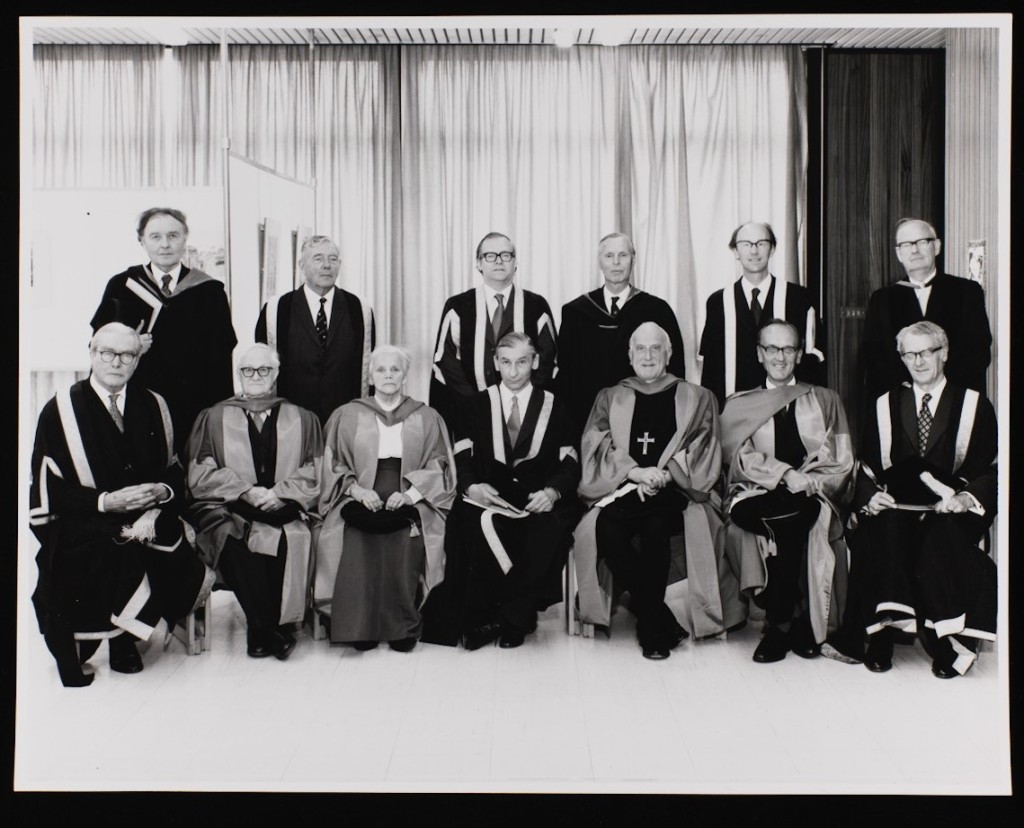






























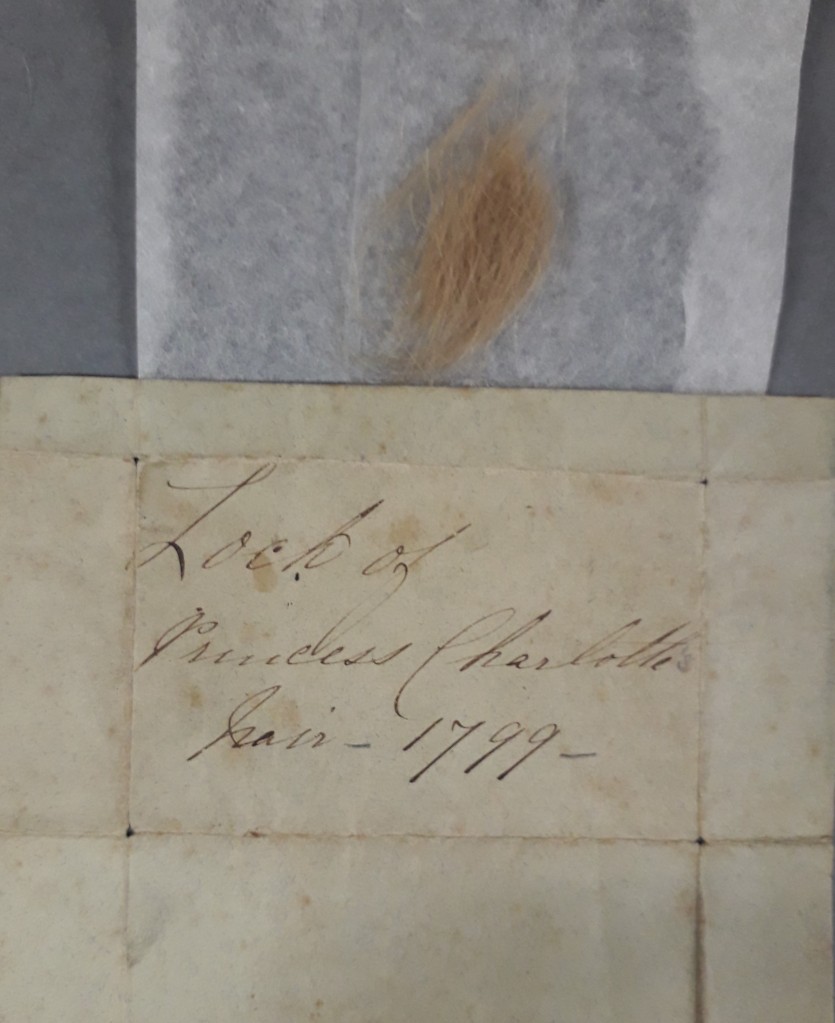
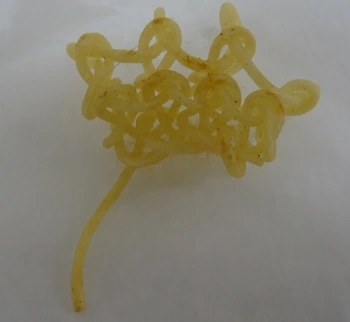
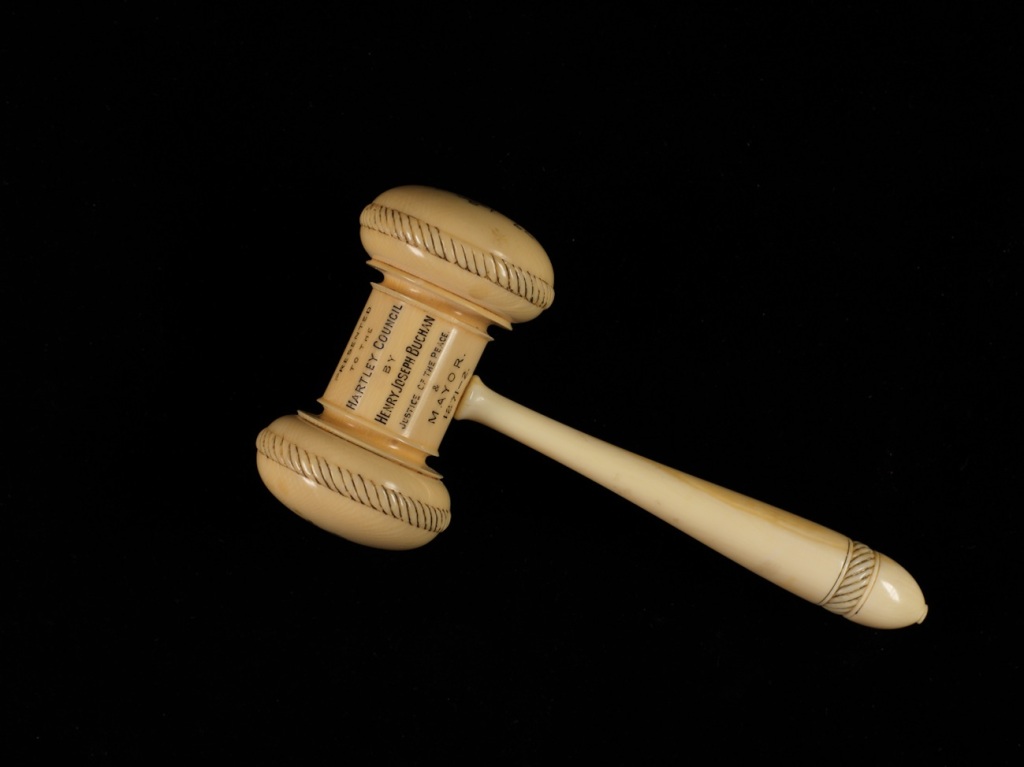
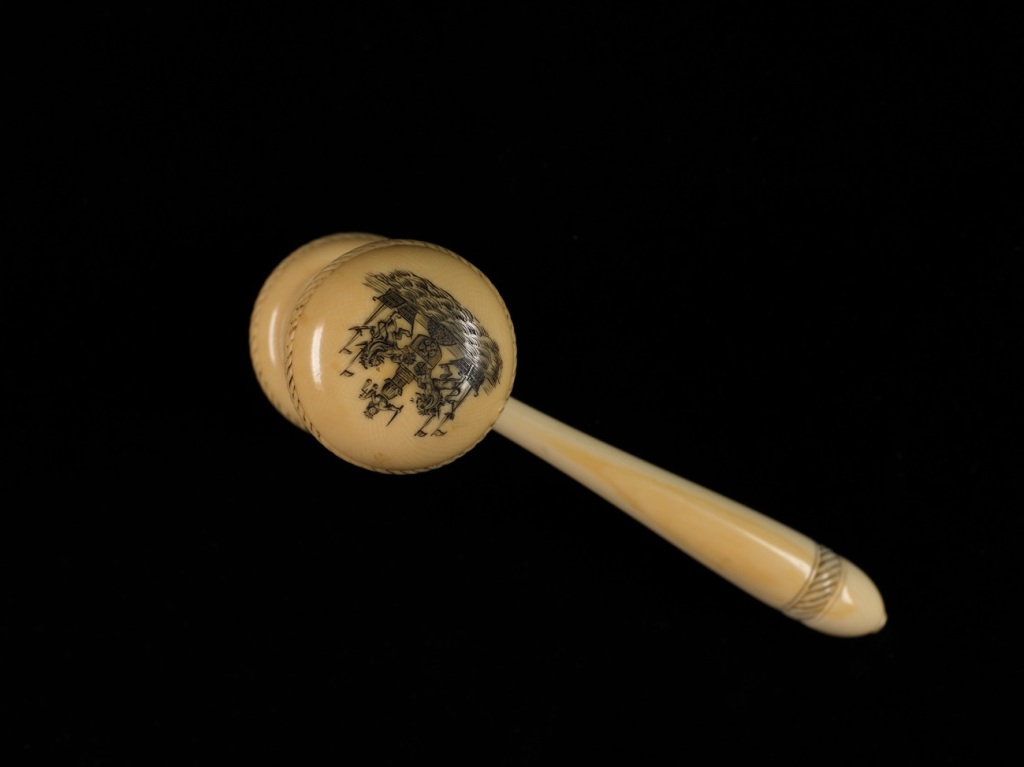
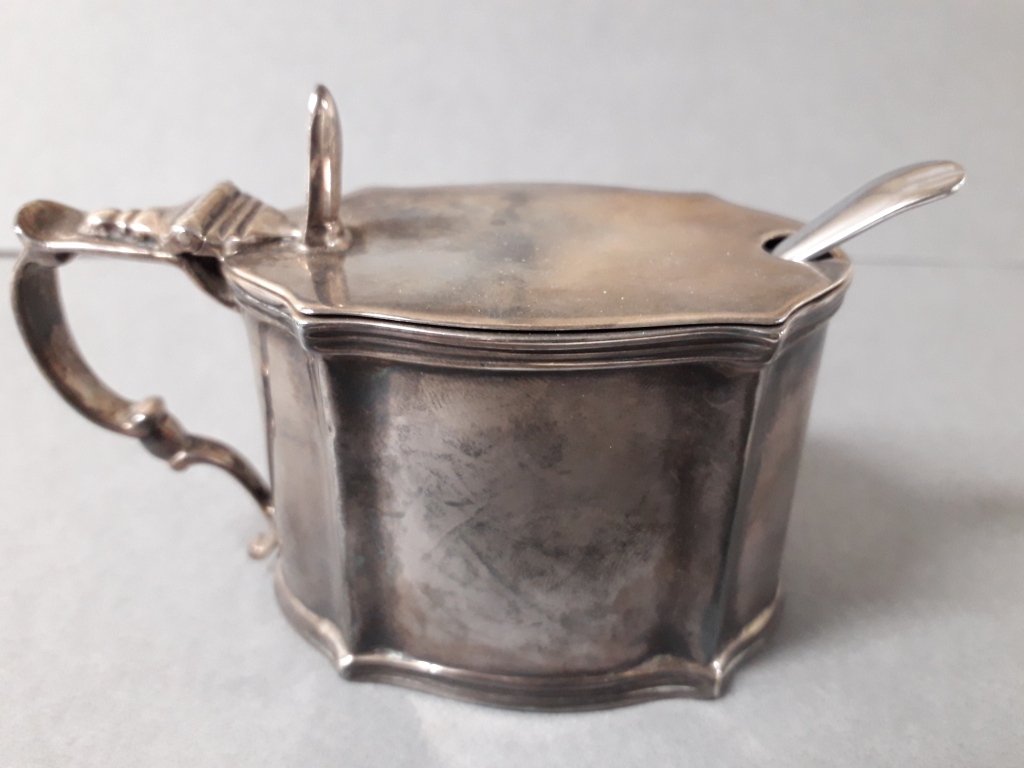
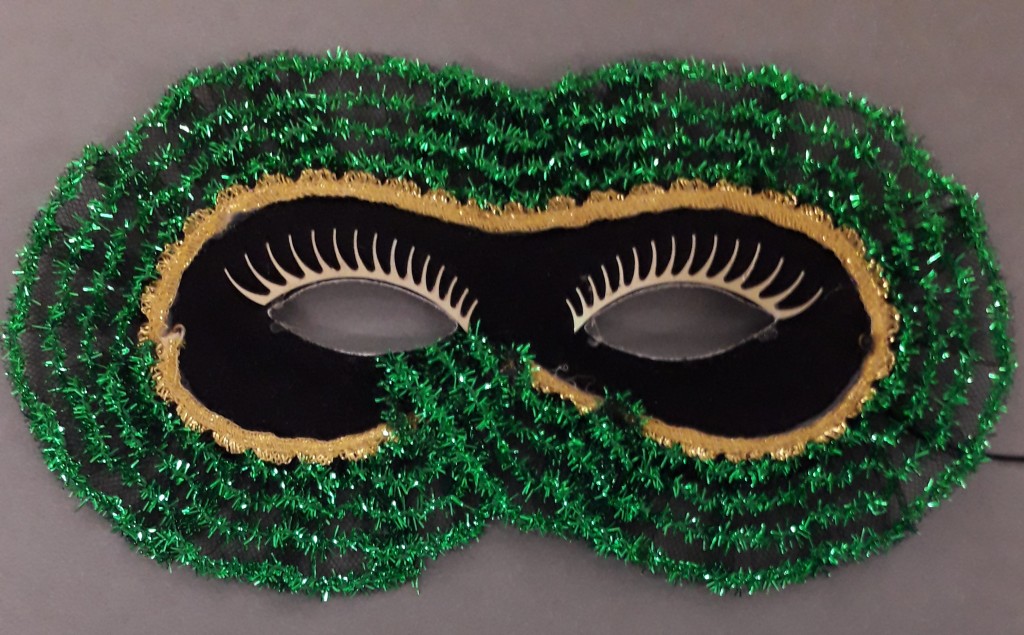
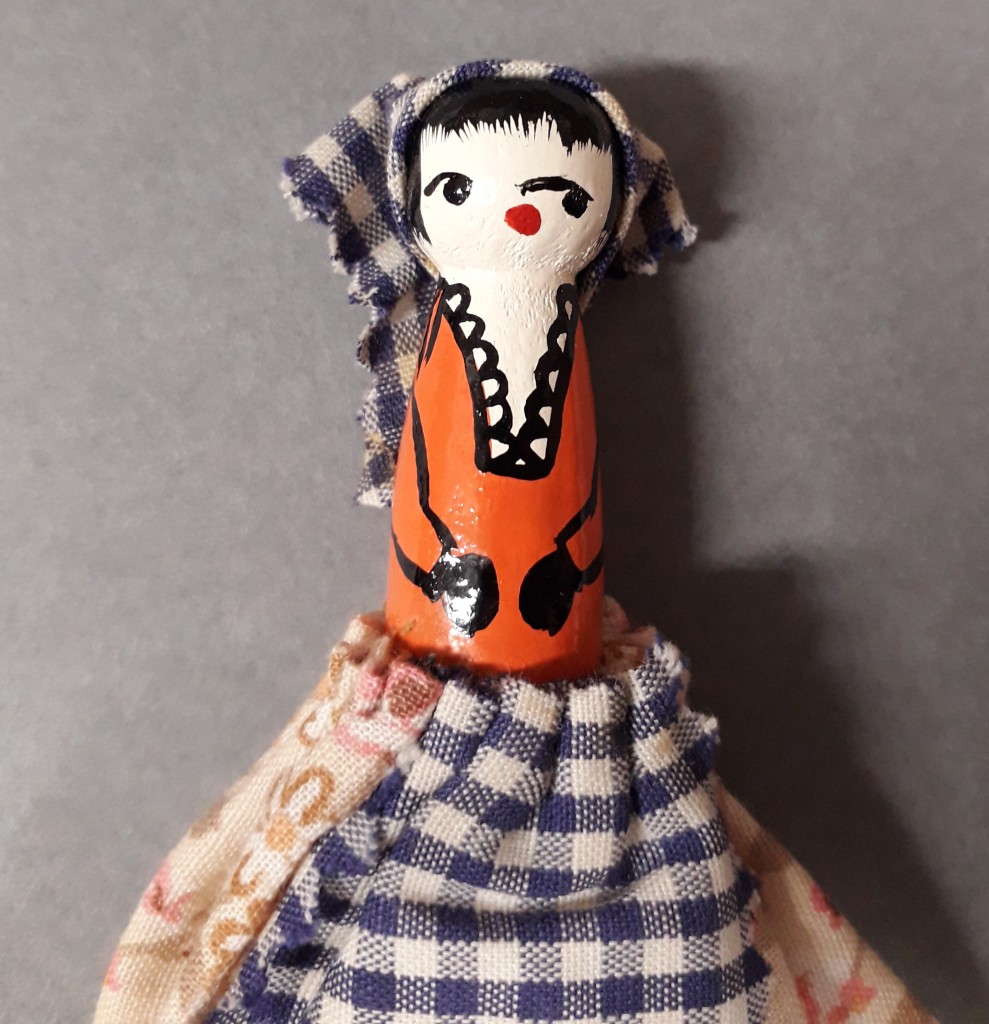

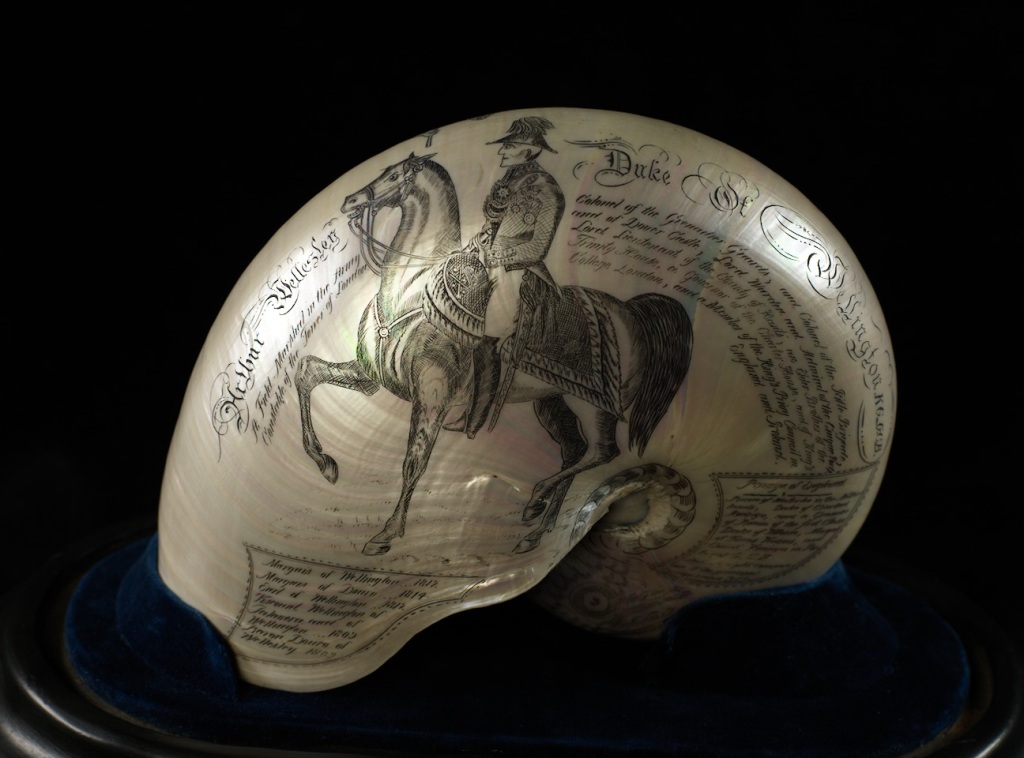


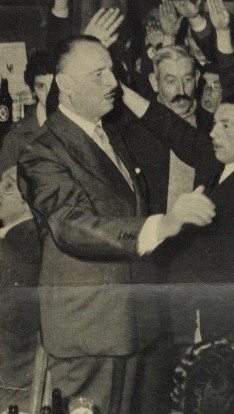
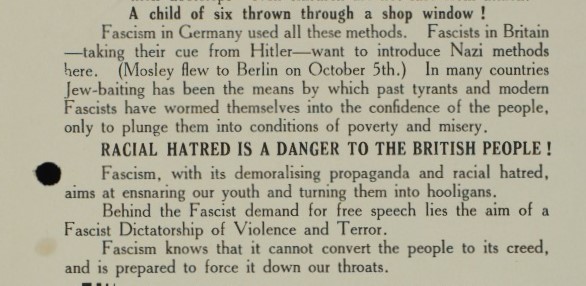
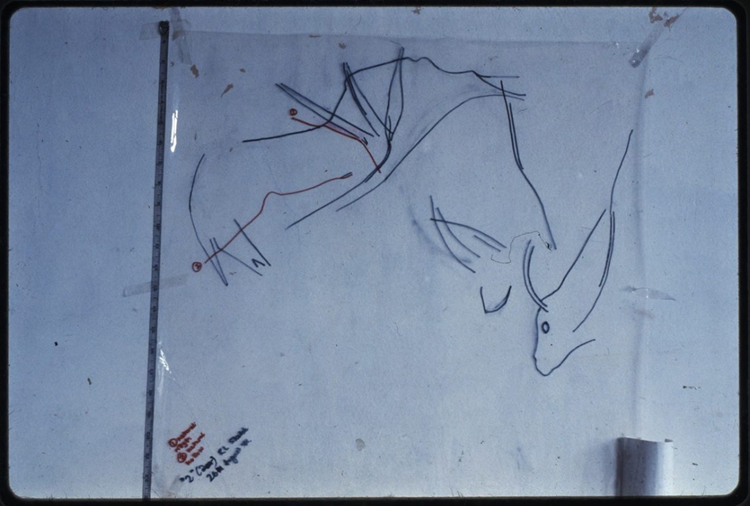
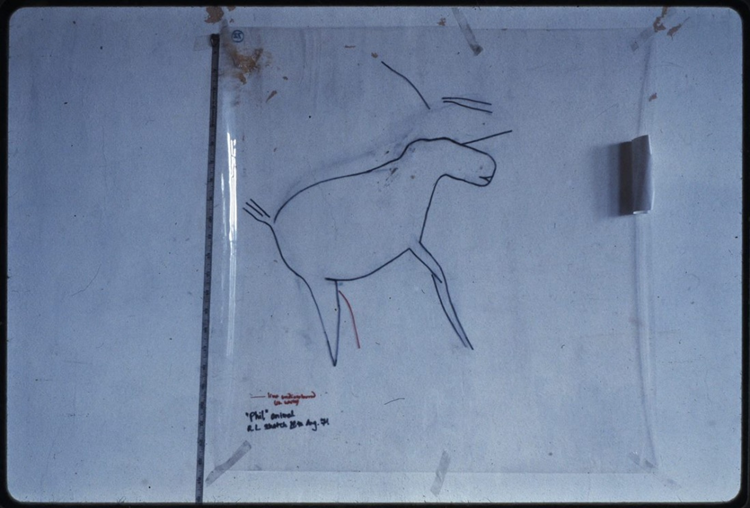
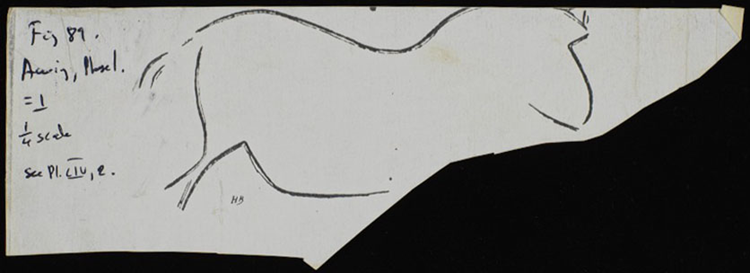
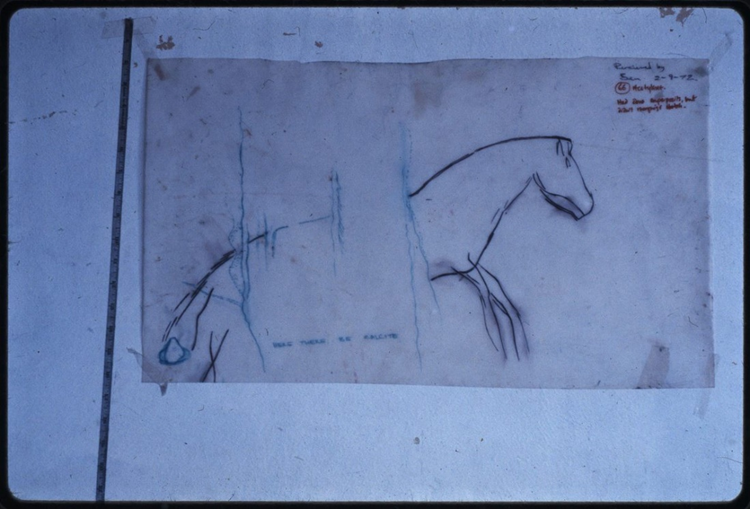
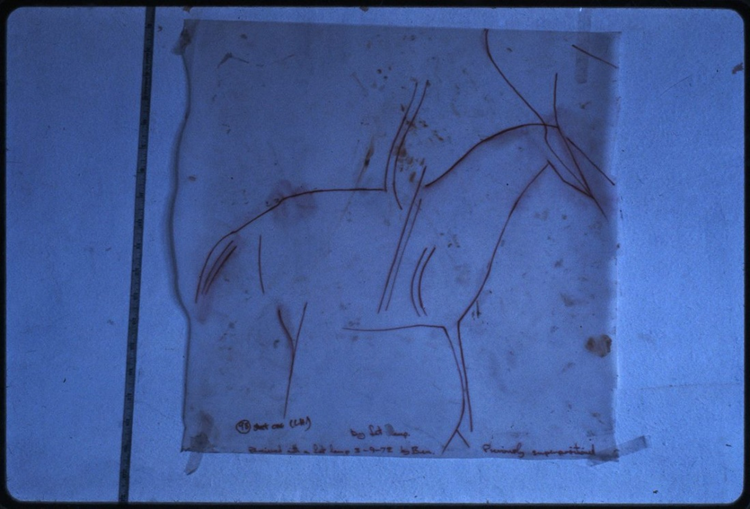
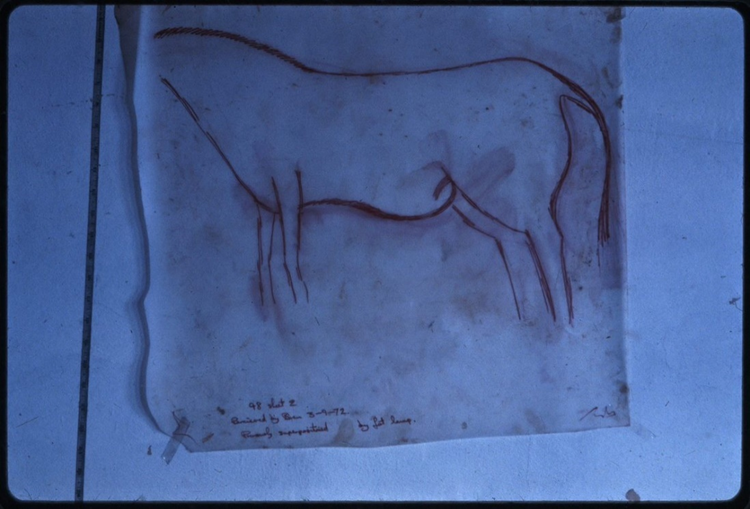
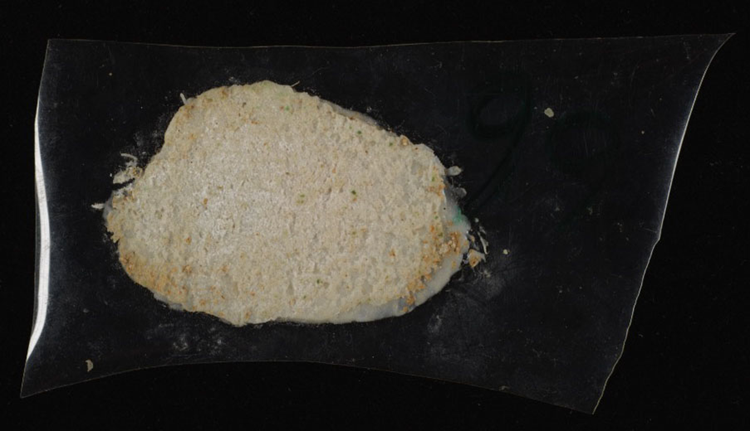
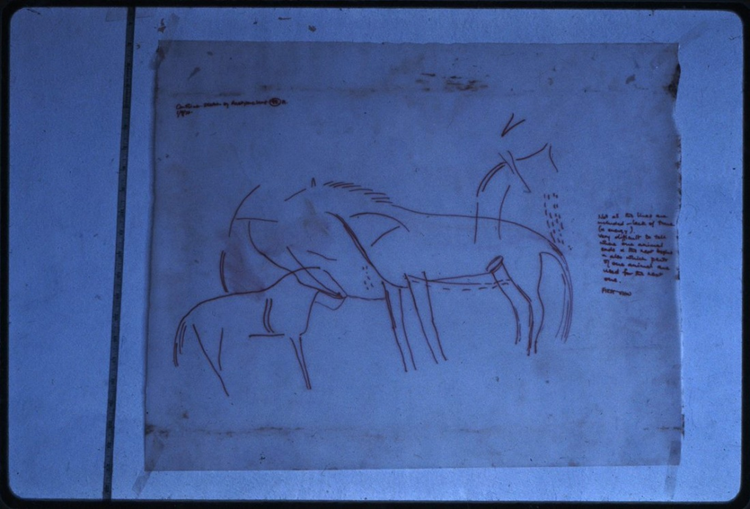
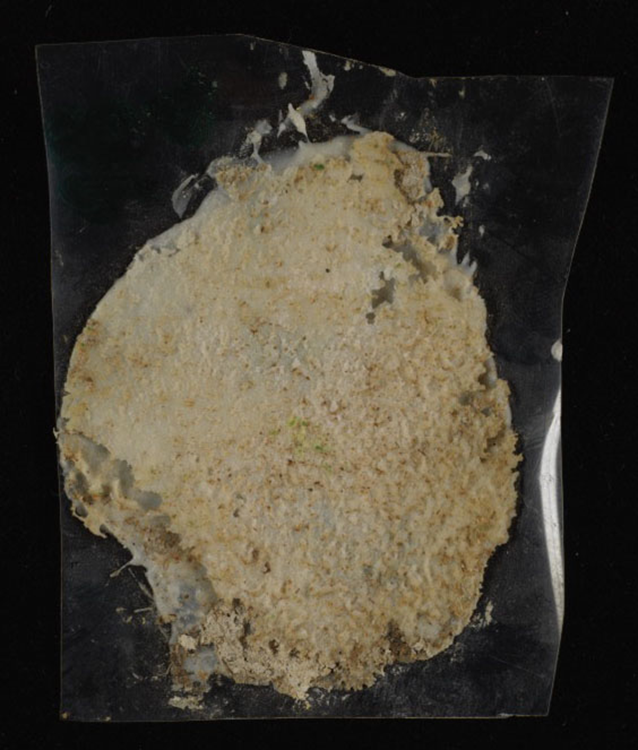
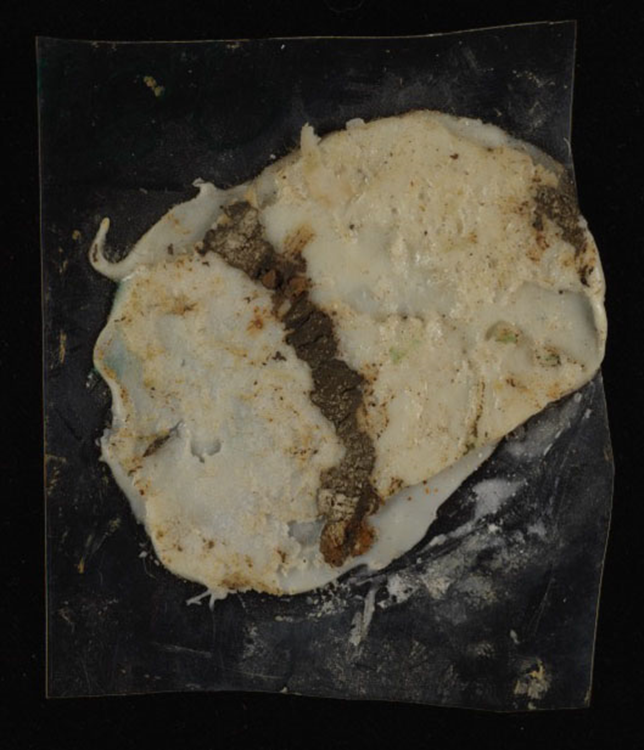
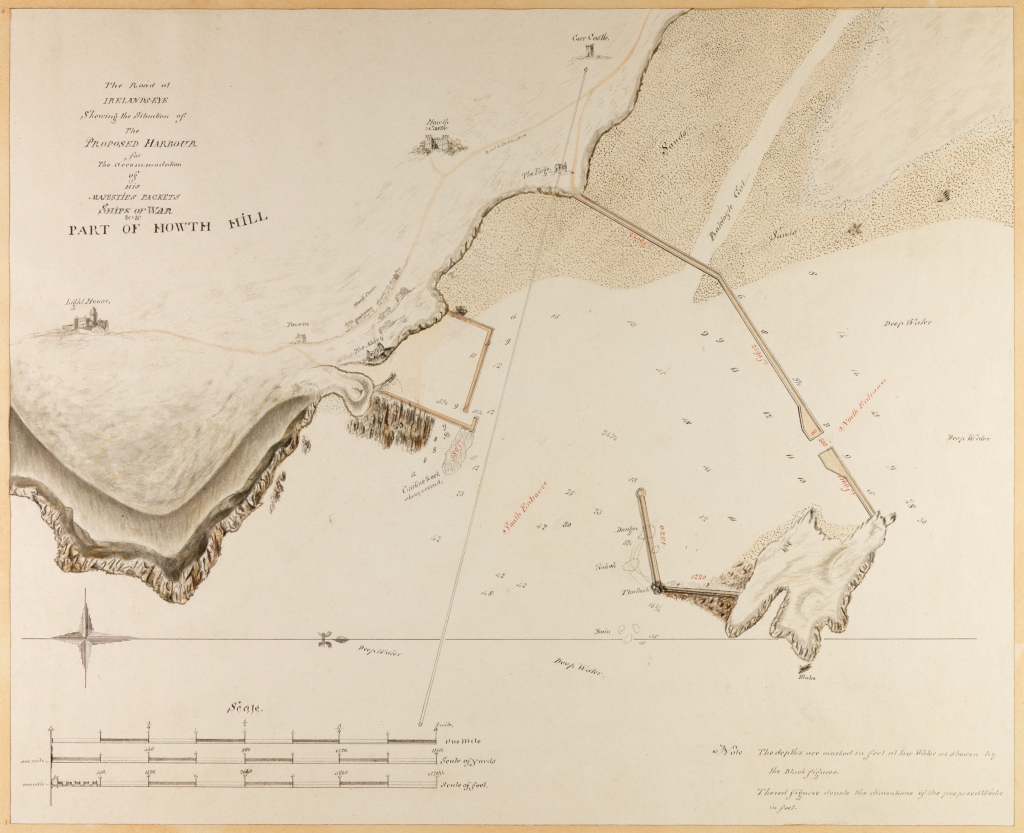
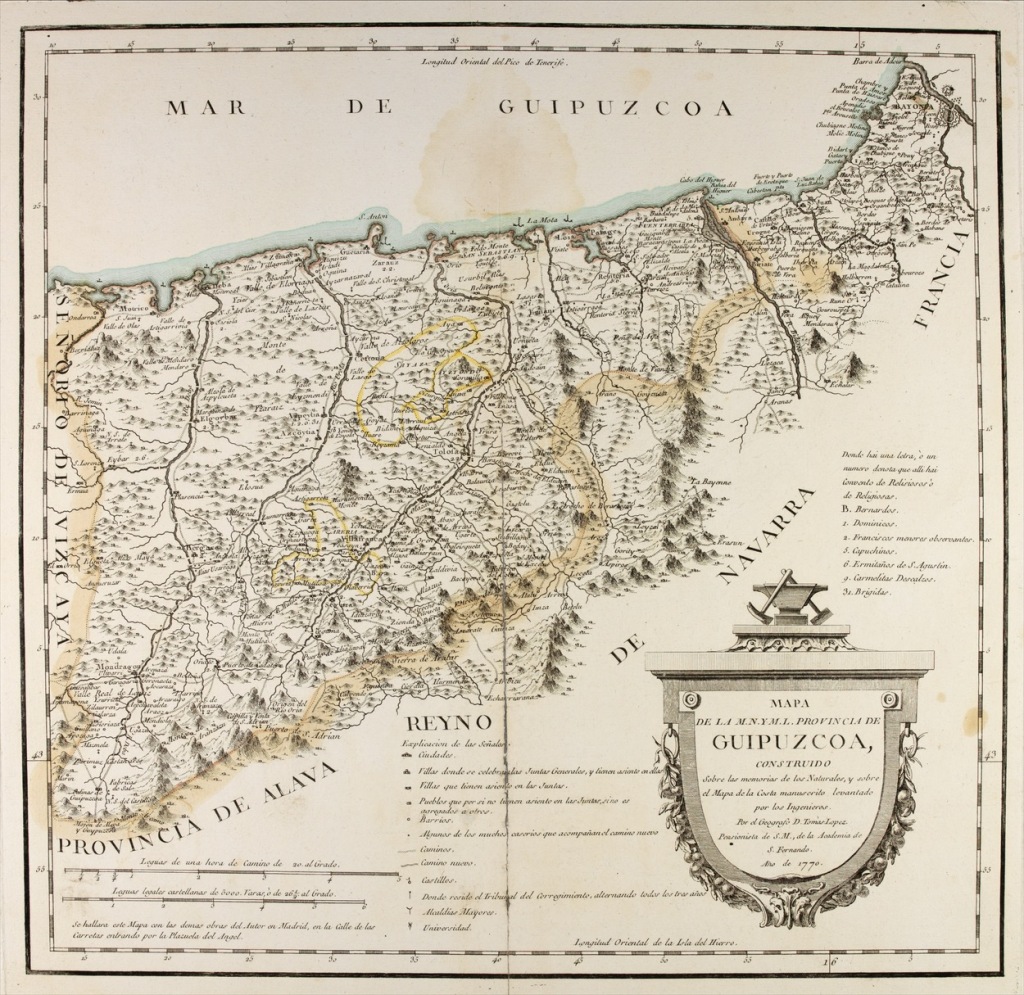
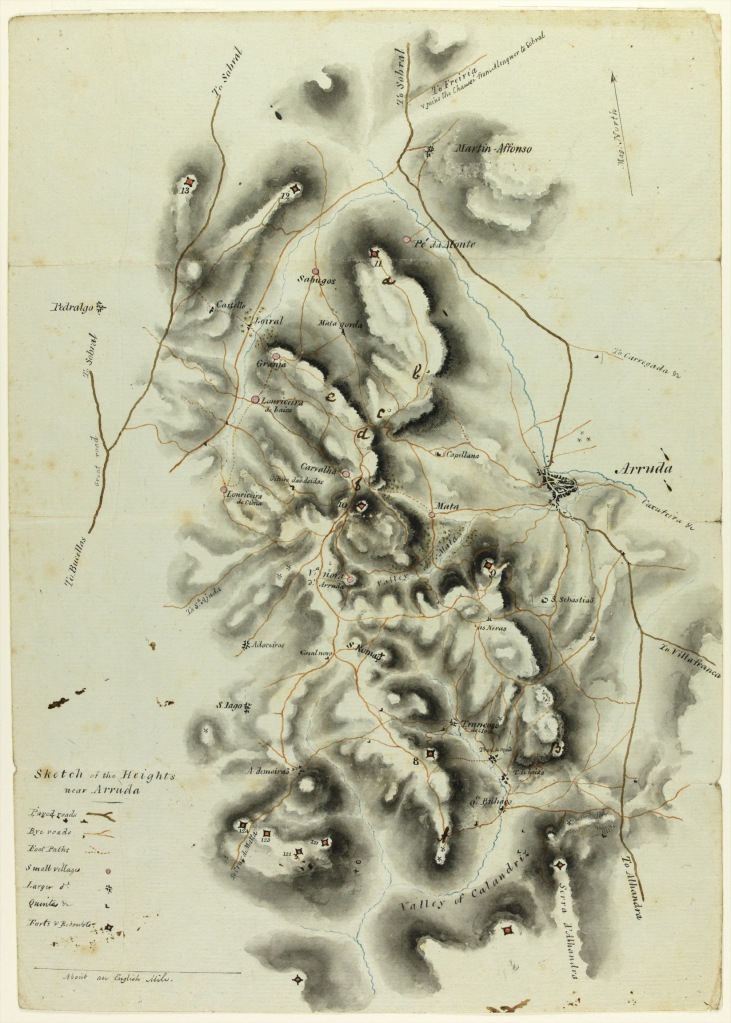

![Men's football team, 1953-4 [photo_MS1_7_291_22_4] Men's football team, 1953-4 [photo_MS1_7_291_22_4]](https://live.staticflickr.com/65535/50089268168_f26eed63ef_s.jpg)
![Women's rowing team, 1961-2 [MS1_7_291_22_4] Women's rowing team, 1961-2 [MS1_7_291_22_4]](https://live.staticflickr.com/65535/50090079577_3b7acbde42_s.jpg)
![Men's rugby team, 1953-4 [MS1_7_291_22_4] Men's rugby team, 1953-4 [MS1_7_291_22_4]](https://live.staticflickr.com/65535/50089268523_4f2c587220_s.jpg)
![Women's hockey team, 1953-4 [MS1_7_291_22_4] Women's hockey team, 1953-4 [MS1_7_291_22_4]](https://live.staticflickr.com/65535/50090079692_28114e9c7d_s.jpg)